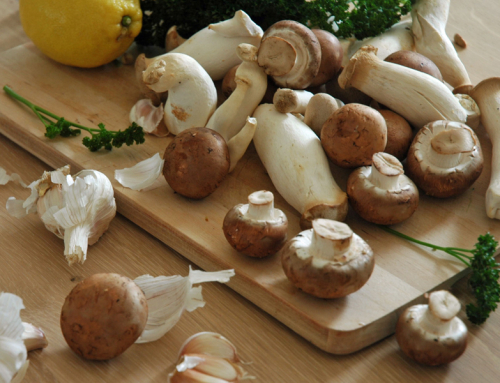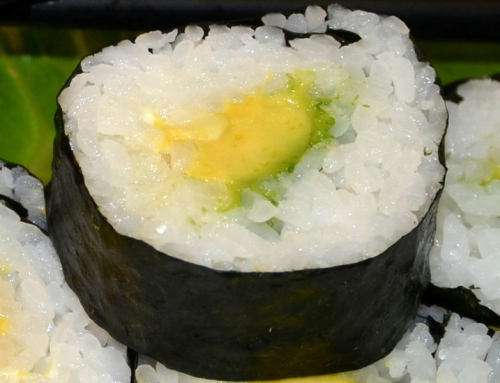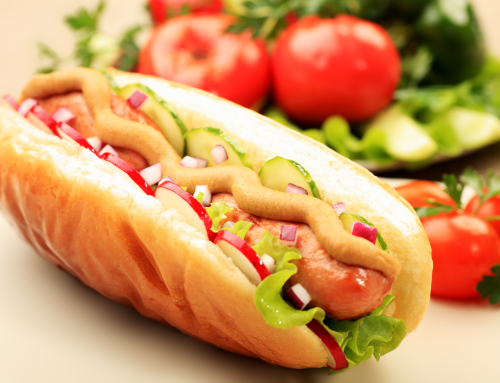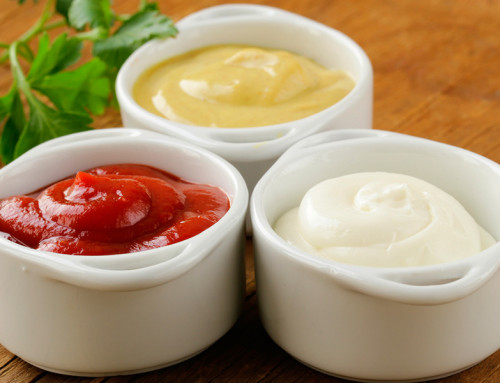When asking about how many calories in vodka, remember to add the calorie count of anything you mix it with, such as tonic water, soda pop, seltzer water, etc. These can vary by brand so are not mentioned here. Be sure to include any extra shots of other liquors in your calorie count as well.
Most of the major types of hard liquors have the same number of calories. Tequila, whiskey, gin and rum also have about 100 to 125 calories per 1.5 oz shot, or jigger.
Traditional Vodka:
- 80 proof 28 grams (1 fluid oz) = 64 calories
- 80 proof, 42 grams (1.5 fluid oz) = 97 calories
Higher proof vodkas made in Poland are rarely seen on the American market, but because they do exist, and can be brought in through customs by travelers, here are the caloric values:
- 86 proof,. 28 grams (1 fluid oz) = 69 calories
- 86 proof, 42 grams (1.5 fluid oz) = 105 calories
- 90 proof, 28 grams (1 fluid oz) = 73 calories
- 90 proof, 42 grams (1.5 fluid oz) = 110 calories
- 94 proof, 28 grams (1 fluid oz) = 77 calories
- 94 proof, 42 grams (1.5 fluid oz) = 116 calories
- 100 proof, 28 grams (1 fluid oz) = 82 calories
- 100 proof, 42 grams (1.5 fluid oz) = 124 calories
Specialty Vodka:
- Vanilla Vodka, one shot, 42 grams (1.5 fluid oz) = 82 calories
- Citrus Vodka, one shot, 42 grams (1.5 fluid oz) = 87 calories
Vodkas Made From Fruit:
Generally, one shot, 42 grams (1.5 fluid oz) = 90 to 95 calories, but can vary widely.
- Raspberry Vodka, one shot, 42 grams (1.5 fluid oz) = 93 calories
- Cranberry Vodka, one shot, 42 grams (1.5 fluid oz) = 95 calories
Vodka-Flavored Pre-Mixed Drinks
- Smirnoff Ice Light (12 oz) = 110 calories
- Triple Black (12 oz) = 253 calories
- Vodka doesn’t provide any protein, fats, or carbohydrates. There’s also no vitamins and minerals and you can easily get an entire meal’s worth of calories from a few cocktails!
- Vodka, as an alcoholic beverage, is classified as a drug and alcohol is the most widely used drug in the world.
- Drink vodka by itself, on the rocks, or neat. It’s lowest in calories when not in a mixed drink.
- If you can’t do without a mixed drink, consider diet tonic, sodas, juices (for at least SOME nutrition), etc. However, vodka interferes with how your body processes and stores nutrients so the healthy foods that you do eat along with your drink don’t get to do their jobs.
Potentially Healthy Ways to Drink Vodka
While alcohol spirits, per se, are not exactly healthy, there are ways to enjoy vodka without adding too many extra calories, if you are determined to imbibe, and want a bit more flavor. Here are just a few:
- Vodka mixed with a raspberry or lemonade powdered drink mix or other non-alcoholic drink mix that is only 5 calories or so.
- You can lose weight and lower cholesterol to an acceptable level by switching from beer to vodka and water.
- Vodka comes in so many flavors it’s like adding an alcoholic-flavored syrup to a club soda.
- Vodka and 0-calorie seltzer or sparkling water with a twist of fresh lemon or lime can add enough flavor to keep it from tasting watered-down. The twist may only add a couple of calories depending on how much juice you add.
- Vodka and diet cola or diet Sprite.
- Most vodka martinis are low in calories, unless it’s a chocolate martini. The olive is a health food, so eat it.
- Vodka and tonic is not bad (around 200 calories), but the tonic calories can add up fast if you have more than one drink.
So, what is vodka?
Vodka is a distilled beverage composed primarily of alcohol (in the form of ethanol) and water that may or may not have traces of impurities or flavorings. According to the Bureau of Alcohol, Tobacco, Firearms and Explosives (ATFE), which is responsible for spirits sold in the United States, vodka is defined as a neutral spirit “without distinctive character, aroma, taste or color.” Sounds pretty appetizing, doesn’t it?
But even for all its plainness, Vodka is traditionally consumed alone, or by itself, in the “Vodka Belt” countries that surround the Baltic Sea and in many Eastern European countries. In North America, vodka is more commonly used as an ingredient in cocktails and mixed drinks than alone. A straight, neat, on-the-rocks, shot of 100-calorie vodka can quickly become a 300-calorie mixed drink if you aren’t paying attention.
Vodka also has a minimum alcohol content that it must reach before it can be considered “vodka” and there does not appear to be an official upper limit, but 50% is usually as high as it gets. The European Union has established a minimum of 37.5% ABV for any “European vodka” to be called vodka. In the United States, to be called “vodka”, it must have an alcoholic content of 30% or more. Traditionally Ukrainian, Polish, Russian, Latvian and Lithuanian vodkas are 40% alcohol by volume (ABV) or 80 proof but they also create much higher alcohol contents as well.
Vodka is also known as a “hard liquor” and contains no carbohydrates, no protein and no fat.
So, where do the calories come from of from carbohydrates, proteins or fats?
It comes from the alcohol itself.
Alcohol is neither a sugar nor a carbohydrate, but it does contains 7 calories per gram, which is much higher than sugar at 4 calories per gram, but less than fat at 9 calories per gram. And since hard liquors are more concentrated sources of alcohol than wine or beer, they tend to be higher in calories per ounce. So, one shot of vodka has an amount of alcohol comparable to the alcohol in a full glass of wine or half a glass of beer.
However, just to complicate things even more, alcohol content is measured in percentages not in grams. Yet, it is usually sold labeled with “proof” value rather than the percentage value. But, not to worry! The powers that be made it easy for you! The proof value of an alcoholic beverage is always double the alcohol percentage by volume. This translates to vodka that may be listed as 80 proof actually being 40% alcohol by volume.
How are alcohol hard liquors, or spirits like vodka actually made?
The type of alcohol that is in vodka is known as “ethanol” Ethanol, is made by a process known as fermentation, in which yeast (a starch) breaks down sugar (carbohydrates) into a combination of ethanol and carbon dioxide (CO2). This is done in an anaerobic environment (where no air is present). When the fermentation is complete, and the container is opened to the air, the carbon dioxide gas bubbles simply dissipate out into the atmosphere leaving only ethanol and water behind. Vodka, and other distilled spirits, such as gin, rum, and whiskey, go through a distilling process to separate the ethanol from the water.
Different sources of sugar, or carbohydrates, are used for creating vodka and this results in different flavors and different alcohol content levels. The sugar from grapes creates wine; while wheat, rye, and barley (alone or in combination), potatoes, beets, corn, molasses, sugar cane, and even milk. along with a variety of other plants and fruits are used to make vodka. More recently, hemp seeds have been used to make vodka in Russia.
Grain-based vodkas are the most popular and tend to be smooth and may even taste fruity. Vegetable-based vodkas, such as potato vodka are often thought of as harsh and medicinal, though the Chopin brand has laid that argument to rest.












